NASA NEO Surveyor mission: Telescope to find near-Earth asteroids confirmed
NASA has officially confirmed the NEO Surveyor mission. The mission will accelerate NASA's ability to find near-Earth asteroids.
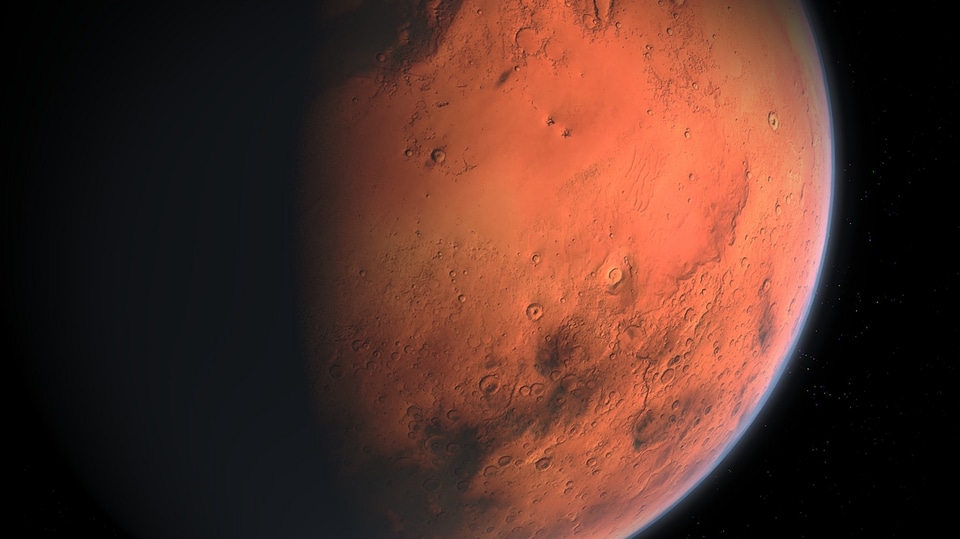
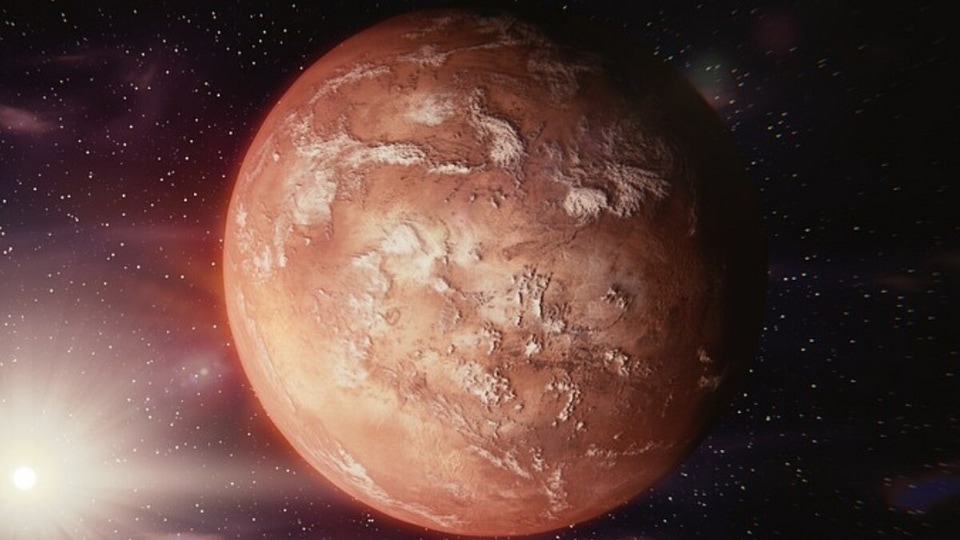
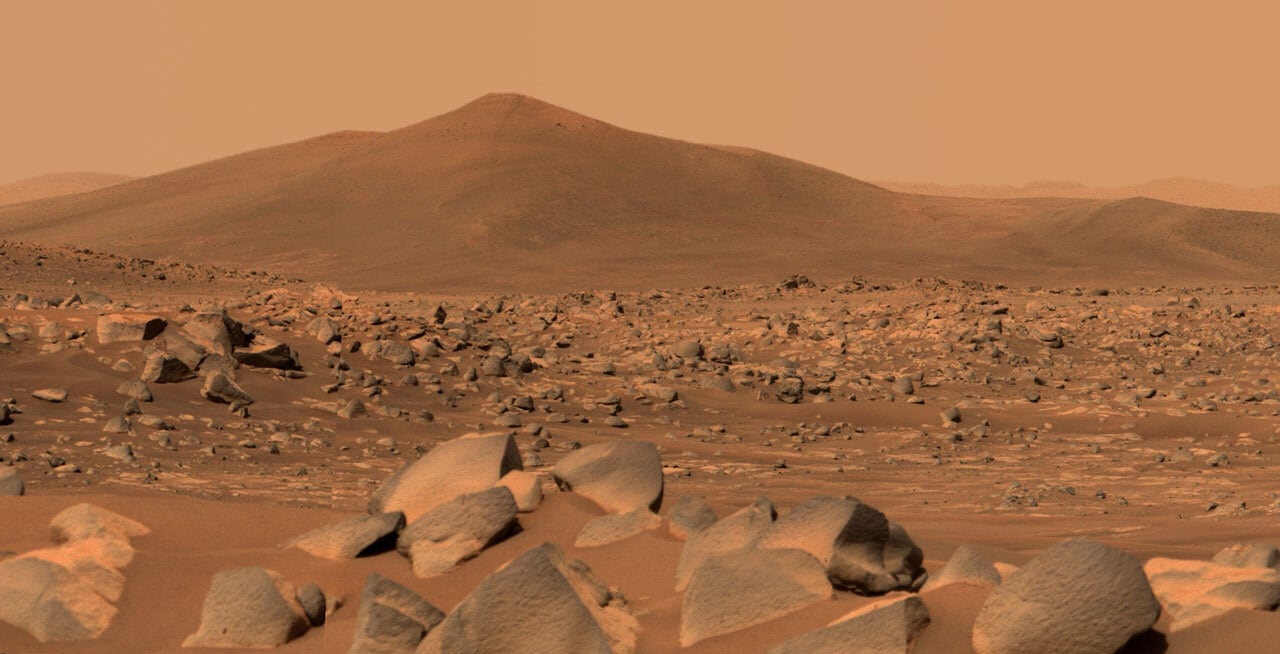

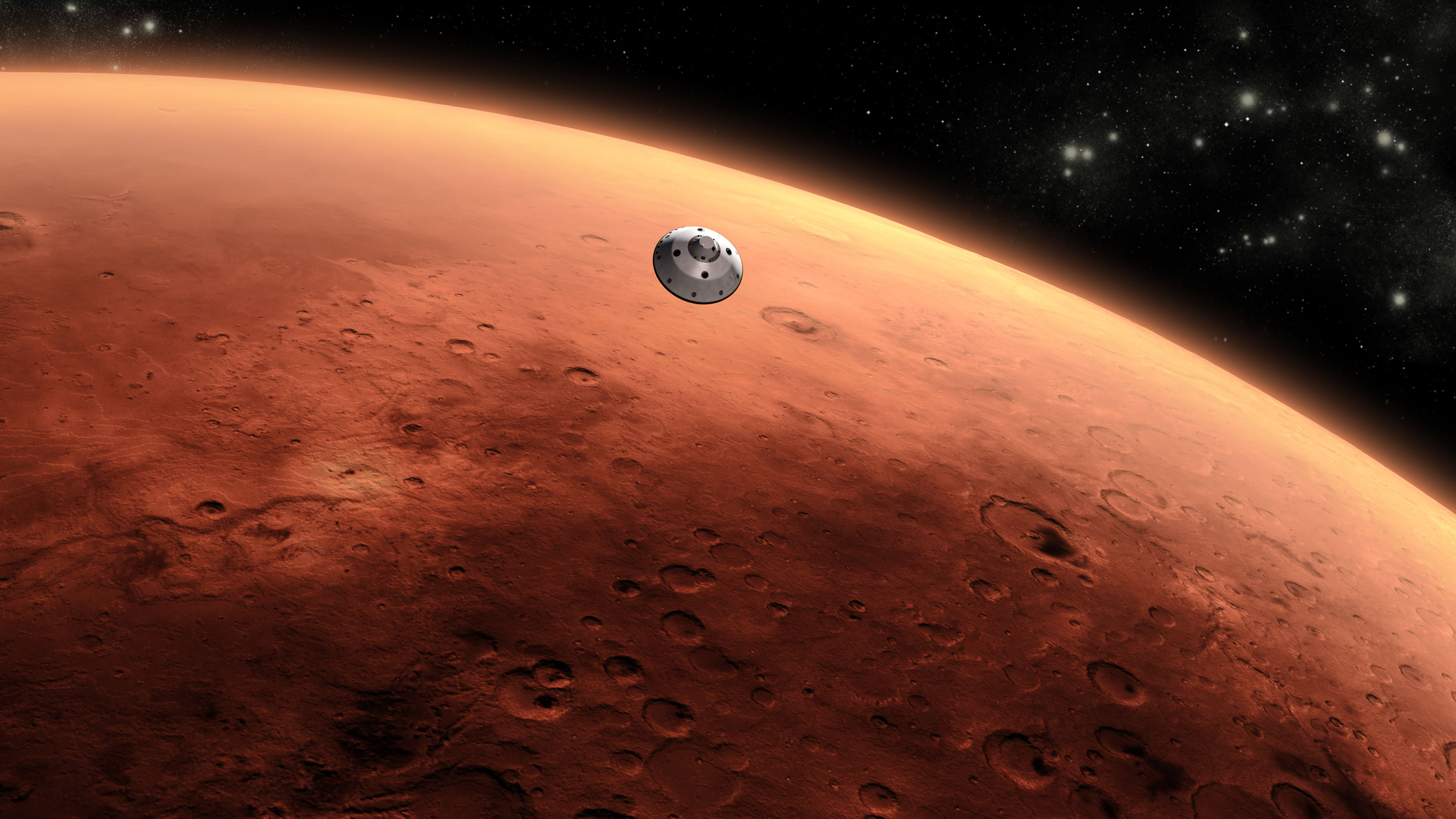
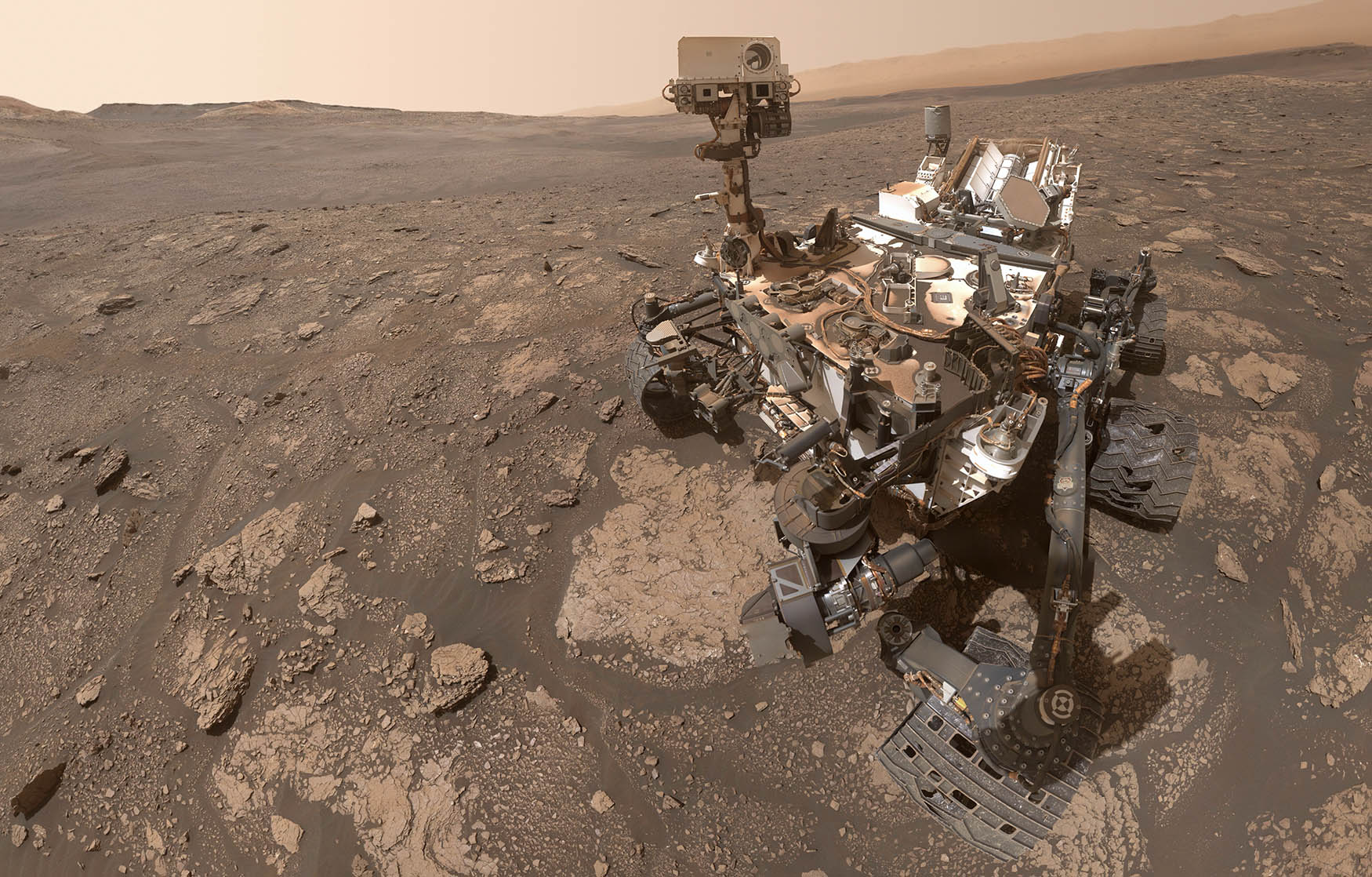
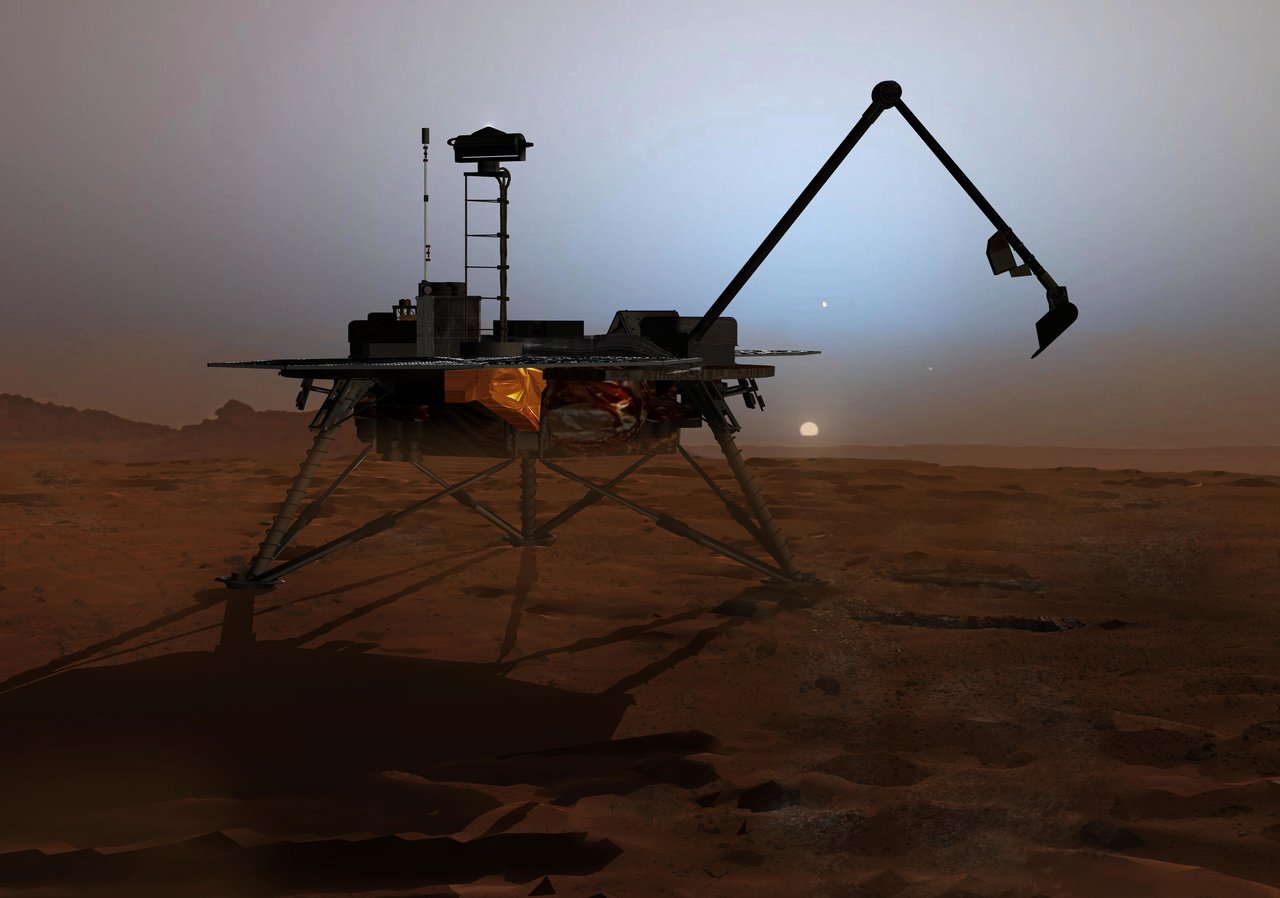
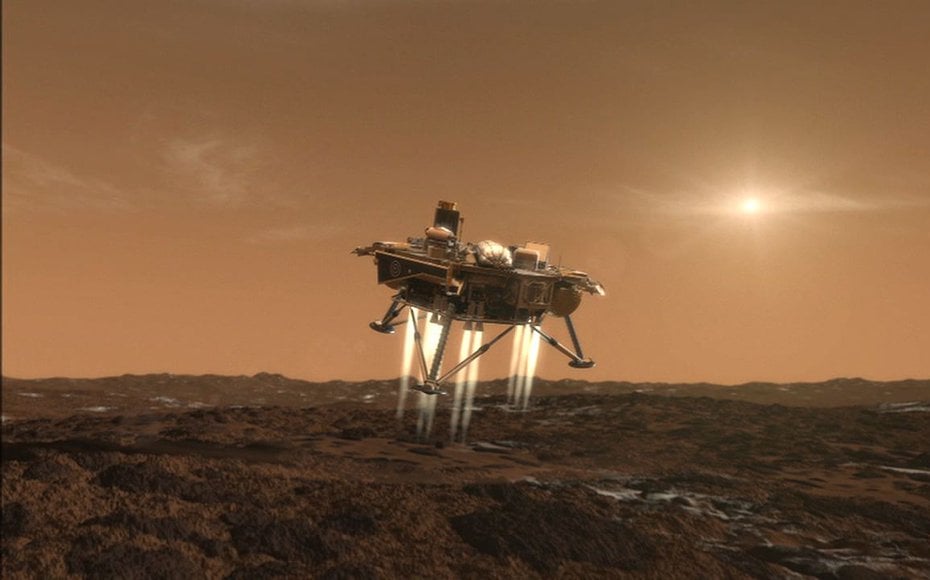
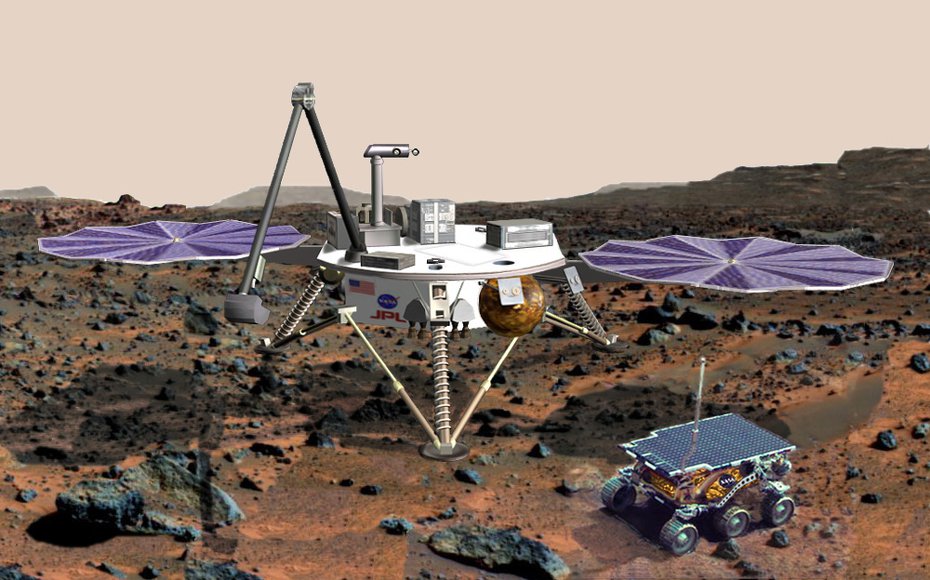

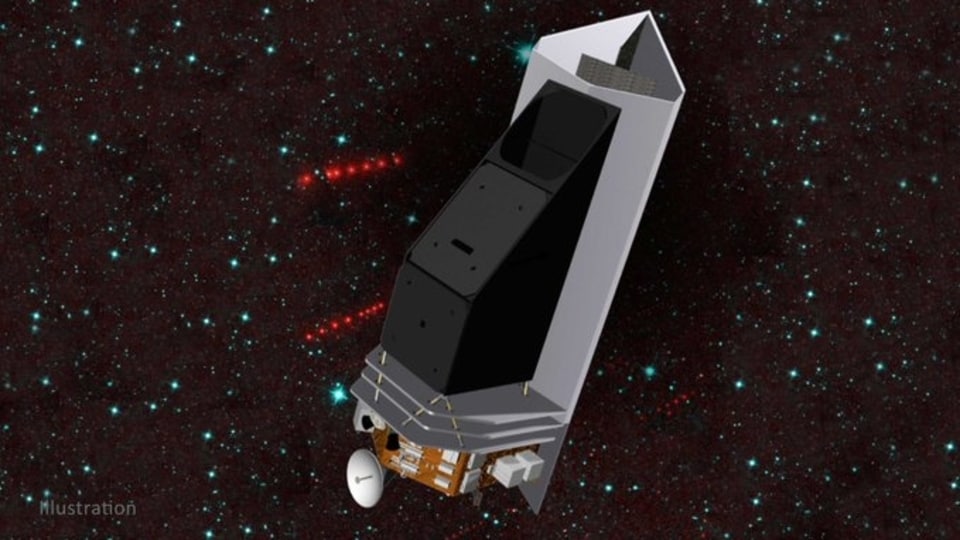
 View all Images
View all ImagesNASA is all set to accelerate its ability to find near-Earth asteroids (NEO). The research organisation has officially confirmed the NEO Surveyor mission. NASA Asteroid Watch informed about the same via a tweet saying, "UPDATE: @NASA's NEO Surveyor mission, an infrared space telescope designed to accelerate our ability to find near-Earth asteroids, has officially been confirmed as a NASA mission! NEO Surveyor is being developed by @NASAJPL & led by @UArizonaLPL.
"Agency officials have completed a rigorous technical and programmatic review, known as Key Decision Point C (KDP-C), and confirmed NASA's Near-Earth Object Surveyor space telescope (NEO Surveyor) – the next flight mission out of the agency's Planetary Defense Coordination Office (PDCO) – establishing NASA's commitment to the mission's technical, cost, and schedule baseline," NASA said in a blog post.
According to the decision made NASA will develop a cost baseline of USD 1.2 billion and a commitment to be ready for a launch no later than June 2028. The cost and schedule commitments outlined at KDP-C align the NEO Surveyor mission with program management best practices that account for potential technical risks and budgetary uncertainty beyond the development project's control.
About NASA's NEO Surveyor
NEO Surveyor is an infrared space telescope designed to help advance NASA's planetary defense efforts by expediting its ability to discover and characterize at least 90 percent of the potentially hazardous asteroids and comets that come within 30 million miles of Earth's orbit, collectively known as near-earth objects, or NEOs.
NEO Surveyor's successful completion of this review furthers NASA's commitment to planetary defense and the search for NEOs that could one day pose an impact threat to Earth. The flight mission, which falls under the agency's Planetary Science Division within the Science Mission directorate, is being developed by NASA's Jet Propulsion Laboratory in Southern California, and the survey investigation is led by the University of Arizona.
Catch all the Latest Tech News, Mobile News, Laptop News, Gaming news, Wearables News , How To News, also keep up with us on Whatsapp channel,Twitter, Facebook, Google News, and Instagram. For our latest videos, subscribe to our YouTube channel.































